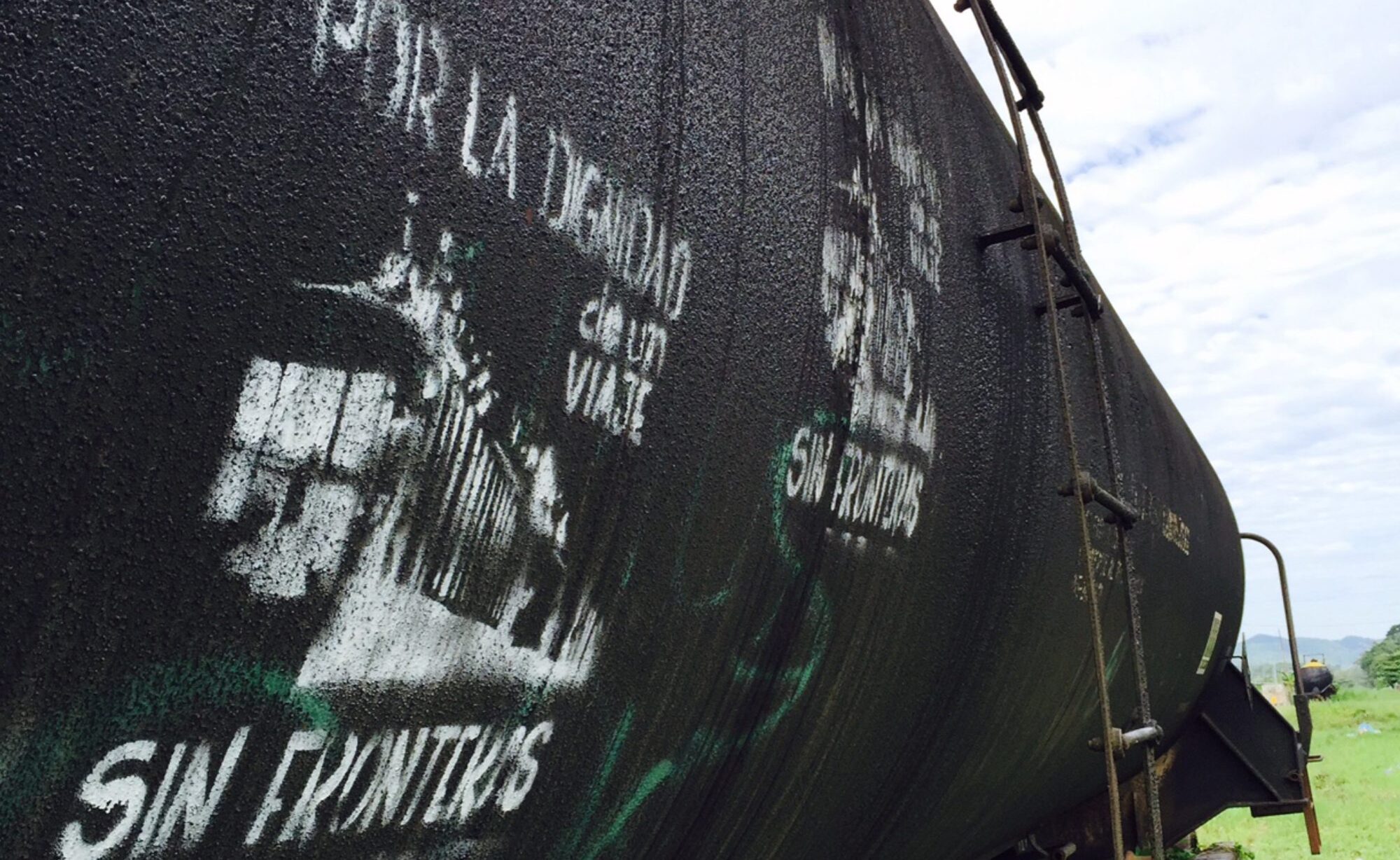Five days after the 2010 earthquake that killed more than 200,000 people in Haiti, the United States sent a jumbo jet flying over the countryside. As people stood amid the wreckage, the prerecorded, disembodied voice of Raymond Joseph, the Haitian ambassador to the United States, spoke from the sky: “Listen, don’t rush on boats to leave the country. If you do that, we’ll all have even worse problems. Because I’ll be honest with you: if you think you will reach the U.S. and all the doors will be wide open to you, that’s not at all the case. And they will intercept you right on the water and send you back home where you came from.”
The U.S.-Haiti border had arrived. It came with 16 Coast Guard cutters roaming Haitian shores and the U.S. Department of Homeland Security opening up detention beds run by the private prison company GeoGroup in Guantánamo Bay, Cuba. U.S. officials call this elastic apparatus in Caribbean waters, which can expand at a moment’s notice, the “third border.” Here, there is an enforcement web of many agencies—including the Coast Guard, Border Patrol, CBP Air and Marine, ICE, and even U.S. Southern Command—that emanates from the U.S. in Puerto Rico and South Florida. All these agencies participate in joint annual exercises, known as Integrated Advance, that are meant to deal with “maritime mass migration in the Caribbean.” Integrated Advance is part of Operation Vigilant Sentry, the DHS migration interdiction plan in the Caribbean. In 2015, officials even disguisedthemselves as migrants heading north on boats as part of the exercise and set up a command and control center. “A migrant operation is one of our most likely missions at Army South, so we have to be prepared,” said Major General Joseph P. DiSalvo, Army South’s commander.
Read the rest here at The Border Chronicle.
